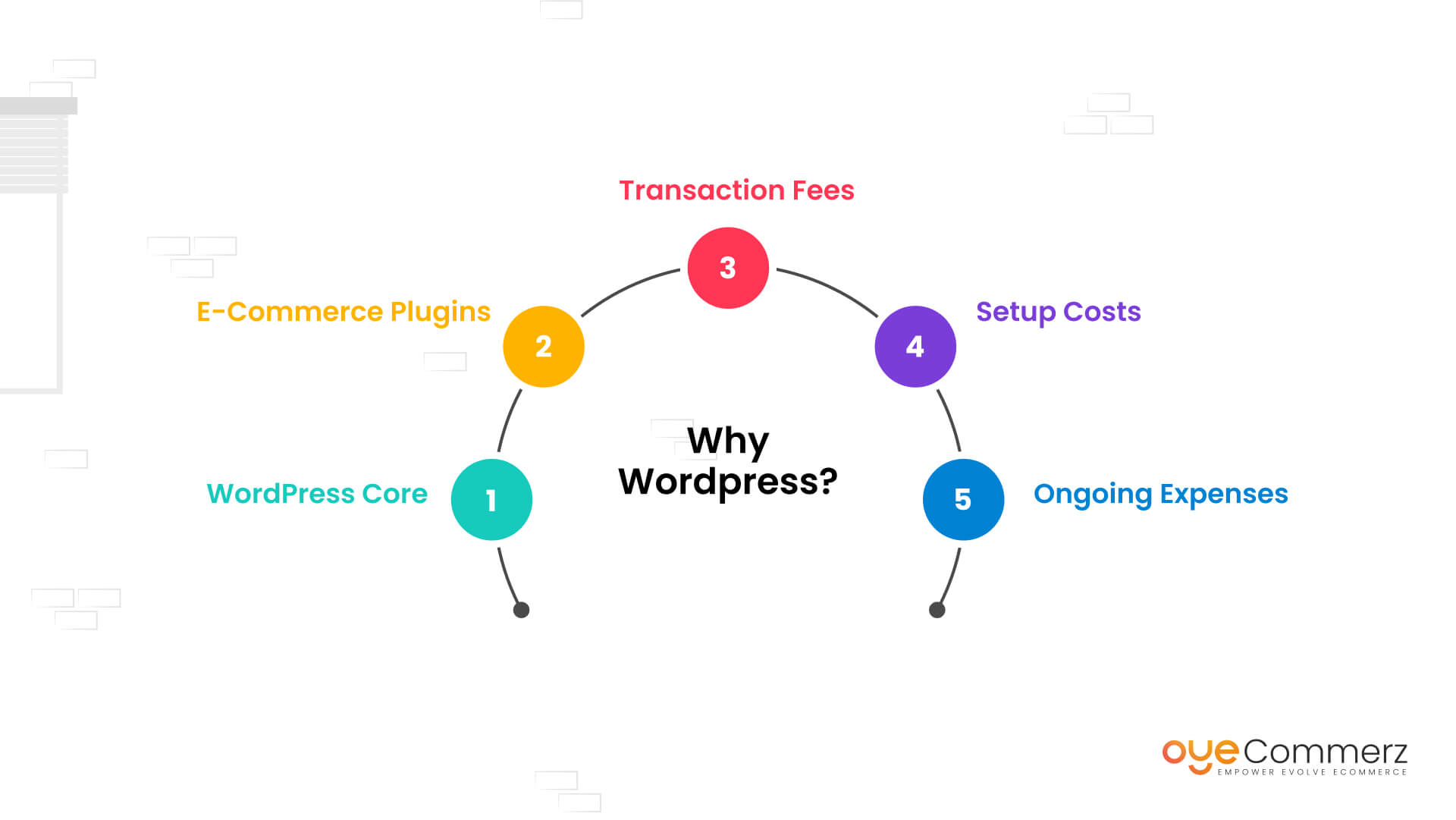Shifting from WordPress to Shopify marks an promising step toward optimizing your online store processes. As companies expand, selecting a solution that aligns with growth potential, UX, and flexibility is essential. Shopify has emerged as a preferred choice for e-commerce professionals, providing superior adaptability, security, and ease of use. In this guide, we’ll explore why this migration is a game-changer, highlight the benefits, and provide actionable steps to ensure a smooth transition.
1. Top Reasons to Transition from WordPress to Shopify
The combination of WordPress and WooCommerce, has served countless online stores. However, as companies scale, challenges like plugin dependency, security vulnerabilities, and complex setups often obstruct growth. Shopify, specifically created for e-commerce, eliminates these concerns with an comprehensive, user-friendly platform. Statistics supports this shift—Shopify powers over 4.4 million websites globally, with a documented 10% increase in sales conversion rates for numerous merchants after migration.
2. Key Benefits of Shopify for E-commerce Success
Shopify’s robust ecosystem is tailored for expanding brands. Its notable features include:
- Effortless Design Flexibility: Shopify offers over 80 expertly crafted themes.
- Integrated Tools: Capabilities such as Shopify Payments and integrated SEO save time and effort.
- Global Reach: Currency versatility and regional customization empower brands to expand internationally.
Additionally, Shopify delivers an uptime rate of 99.98%, guaranteeing your store remains accessible.
3. Getting Ready for Your WP-to-Shopify Transition
Before migrating, evaluate your current store. Review product data, client information, and search engine rankings. Tools like Shopify’s Migration Kit or third-party solutions help ease the transition. Create a comprehensive plan, making sure all assets—product descriptions, media files, and articles—are ready for seamless import.
4. Data Migration: A Critical Step
Data migration forms the foundation for a successful platform switch. When moving from WordPress to Shopify, focus on:
- Product Information: SKU, item summaries, and categories.
- Customer Data: Emails, purchase records, and custom fields.
- SEO Optimization: Preserve meta tags, URLs, and forwarding paths to maintain search rankings.
Use apps like LitExtension to streamline data transfer while minimizing errors.
5. Tailoring Your Shopify Store to Fit Your Brand
Post-migration, customizing your Shopify store ensures it reflects your brand. Take advantage of Shopify’s intuitive page builder to design pages effortlessly. Shopify's templates are optimized for all devices, ensuring a smooth UX across platforms—a critical factor, given 74% of e-commerce traffic comes from mobile visitors.
6. Maintaining SEO During Migration
Search engine optimization is crucial for preserving your online presence during migration. Shopify is highly optimized for search engines with clean URL structures, preloaded features, and smooth content management. Make sure you:
- Set up URL forwarding for old URLs.
- Enhance updated content with targeted phrases.
- Use Shopify's apps Plug in SEO to monitor performance after the switch.
7. Essential Tests After Migrating to Shopify
After finishing the transfer, run detailed checks.
Check: - Website speed (Shopify delivers faster speeds compared to WordPress). Shopify design and development
- Functionality of payment gateways and transaction flow.
- Adaptability across devices.
Quality assurance guarantees your store delivers a seamless shopping experience from day one.
8. Case Study of a Successful Migration
An example of effective platform switching is Gymshark, a fitness apparel brand that transitioned to Shopify. After the switch, the company Shopify cart migration experienced a 60% increase in mobile sales and significantly lowered site downtime. This showcases the capabilities of Shopify in driving online business success.
9. Challenges and Solutions
Migration comes with challenges, such as data integrity and adjusting tailored features. However, Shopify’s extensive assistance and third-party experts simplify the process. Partnering with experienced Shopify developers ensures a trouble-free transition.
10. Making the Switch: The First Step Toward Success
Migrating from WordPress to Shopify marks a forward-thinking approach to online retail. By focusing on growth, simplifying management, and improving buyer satisfaction, Shopify enables companies to thrive in competitive markets.
Conclusion
Transitioning from WordPress to Shopify offers a smart solution that can significantly boost your e-commerce success. With a robust migration plan, the right tools, and expert support, you can achieve new growth opportunities.
Ready to make the leap? Reach out today to learn how our Shopify migration services can transform your e-commerce platform. Get in touch today, or ask yourself: Can your business afford to miss out on Shopify’s growth potential?
